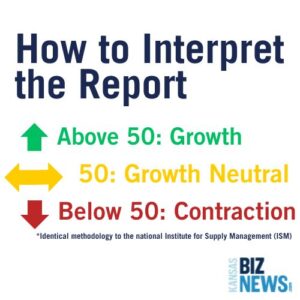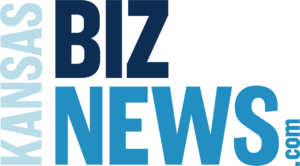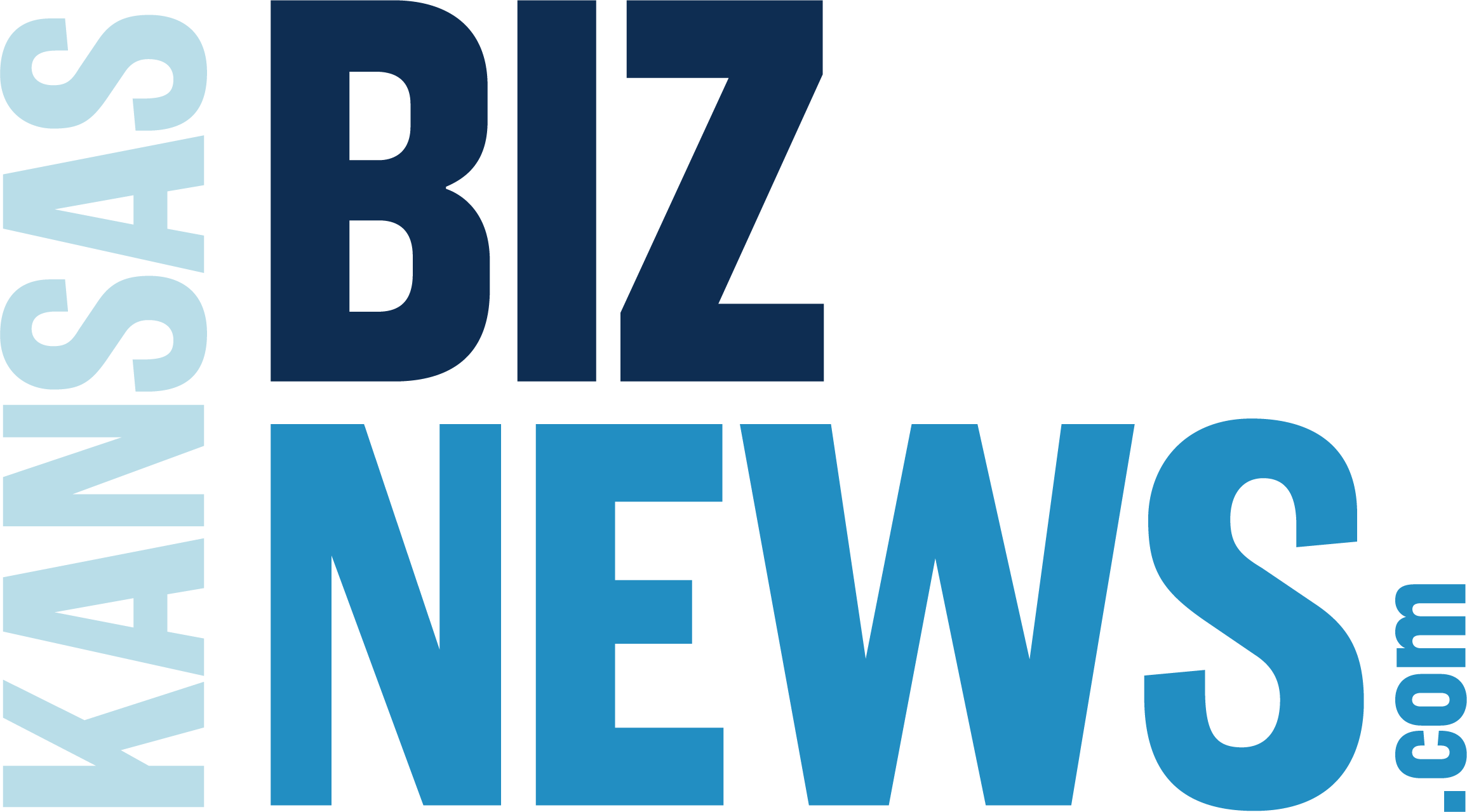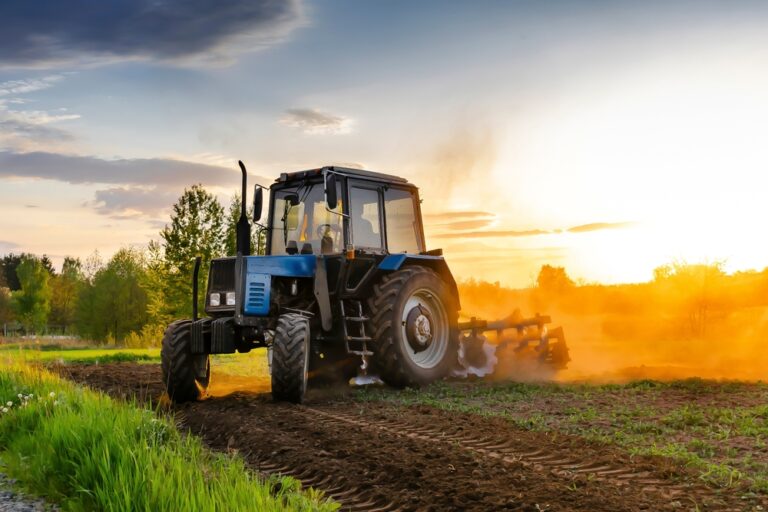 TOPEKA--The region’s Rural Mainstreet Index for August shrank to 40.9 from July’s 41.3, the lowest score since November.
TOPEKA--The region’s Rural Mainstreet Index for August shrank to 40.9 from July’s 41.3, the lowest score since November.
A score of 50 is considered growth neutral, while anything below 50 is considered contraction. The index ranges between 0 and 100, with a reading above 50.0 representing growth. The scores are compiled from surveys of bankers in rural areas of a 10-state region that includes Kansas.
“The sad part is that most of our farmers will lose money or just break even due to poor commodity prices,” said Jim Eckert, CEO of Anchor State Bank in Anchor, Illinois.
Kansas Individual Indicators Mixed
The overall RMI for Kansas in August saw a slight decline to 34.2 from July’s 34.4. The state’s farmland price index also decreased to 43.0 in August, down from 49.1 in July.
According to trade data from the International Trade Association, exports of agricultural goods and livestock for 2024 year-to-date were up by $24.3 million, or 3.7% from the same period in 2023.
The new hiring index for Kansas fell to 42.3 in August from 46.3 in July.
Regional Numbers
Farmland prices dropped just below the neutral for the third time in the past four months at 45.5 in August from July’s 52.2.
“Only 9.1% of bank CEOs reported that farmland prices expanded from July levels,” said Ernie Goss, PhD, Jack A. MacAllister Chair in Regional Economics at Creighton University’s Heider College of Business.
Eight of the 10 states included in the data have seen a fall in the Rural Mainstreet Index [RMI] from August to July, which includes Colorado, Illinois, Iowa, Kansas, Minnesota, Nebraska, South Dakota, and Wyoming.
Two states in the study saw an increase of RMI, where North Dakota saw an increase of 40.3 in August from 38.1 in July, and Missouri saw the largest increase to 55.6 from July’s 51.2.
Regional Home Sales Strong, and Retail Sales Down
Home sales in the region saw a significant increase in August to 50.0 from 33.3 in July. Retail sales came in with the weakest result of 38.6 in August, which is the lowest reading since November 2020.
“High consumer debt, elevated interest rates and weaker farm income are cutting into retail sales for the Rural Mainstreet Economy,” Goss said.
Regional Hiring & Banking Numbers Mixed
The new hiring index decreased to 45.5 in August from 50.0 in July. While banking saw a strong increase in loan volume index to 75.0 in August compared to 67.4 in July, checking deposit, certificates of deposits, and other saving instruments all saw a decrease in August.
Regional Farm Equipment Sales Very Low
Farm equipment sales dropped to 16.7 in August compared to 19.0 in July, which is the lowest since 2017.
“This is the 13th straight month that the index has fallen below growth neutral. Higher borrowing costs, tighter credit conditions and weak grain prices are having a negative impact on the purchases of farm equipment,” Goss said .



